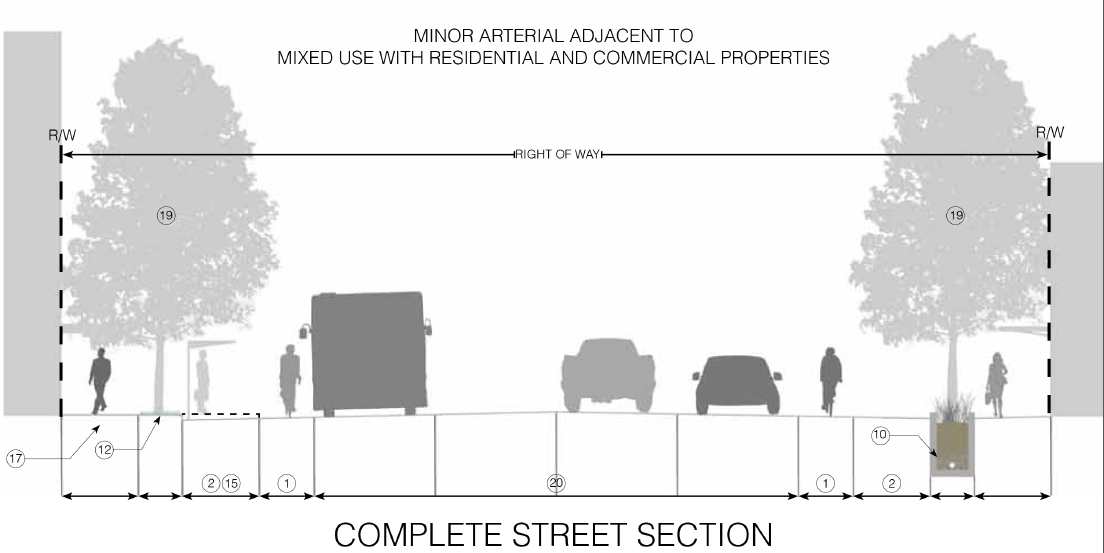Municipal Codes
One of the most effective tools a municipality can use to implement LID is to have their codes and ordinances reflect LID allowances and requirements. Working with statewide partners, LIDI has developed resources for several key areas of municipal regulation that influence LID implementation and compliance:
Landscape Codes
LID practices and principles emphasize the protection of natural vegetated areas and the use of structural controls such as bioretention that mimic the natural, pre-development landscape. Landscape-related codes and ordinances are the starting point for revisions to support LID.

Green Street Standards
Streets account for the greatest amount of impervious surface in a municipality. Consequently, streets generate the greatest amount of surface runoff and transport pollutants. Municipal engineering standards that reflect Green and Complete Street principles help to establish the blueprint for various street types (e.g., residential, arterial) to achieve stormwater management, mobility, aesthetic, and other community objectives. Rather than reinventing the wheel for each project, municipal Green/Complete street standards can communicate the expected look and functional elements of the municipal street network.
Innovations in Off-Site Compliance
A key LID design principle is management of stormwater at the project site to effectively mimic pre-development hydrology. Post-construction stormwater controls requirements often reflect this principle by requiring that stormwater management for water quality be achieved within the defined project area. In some instances it may be unfeasible to meet post-construction requirements on-site and an “Alternative Compliance” option is to ensure compliance with LID and water quality regulations.